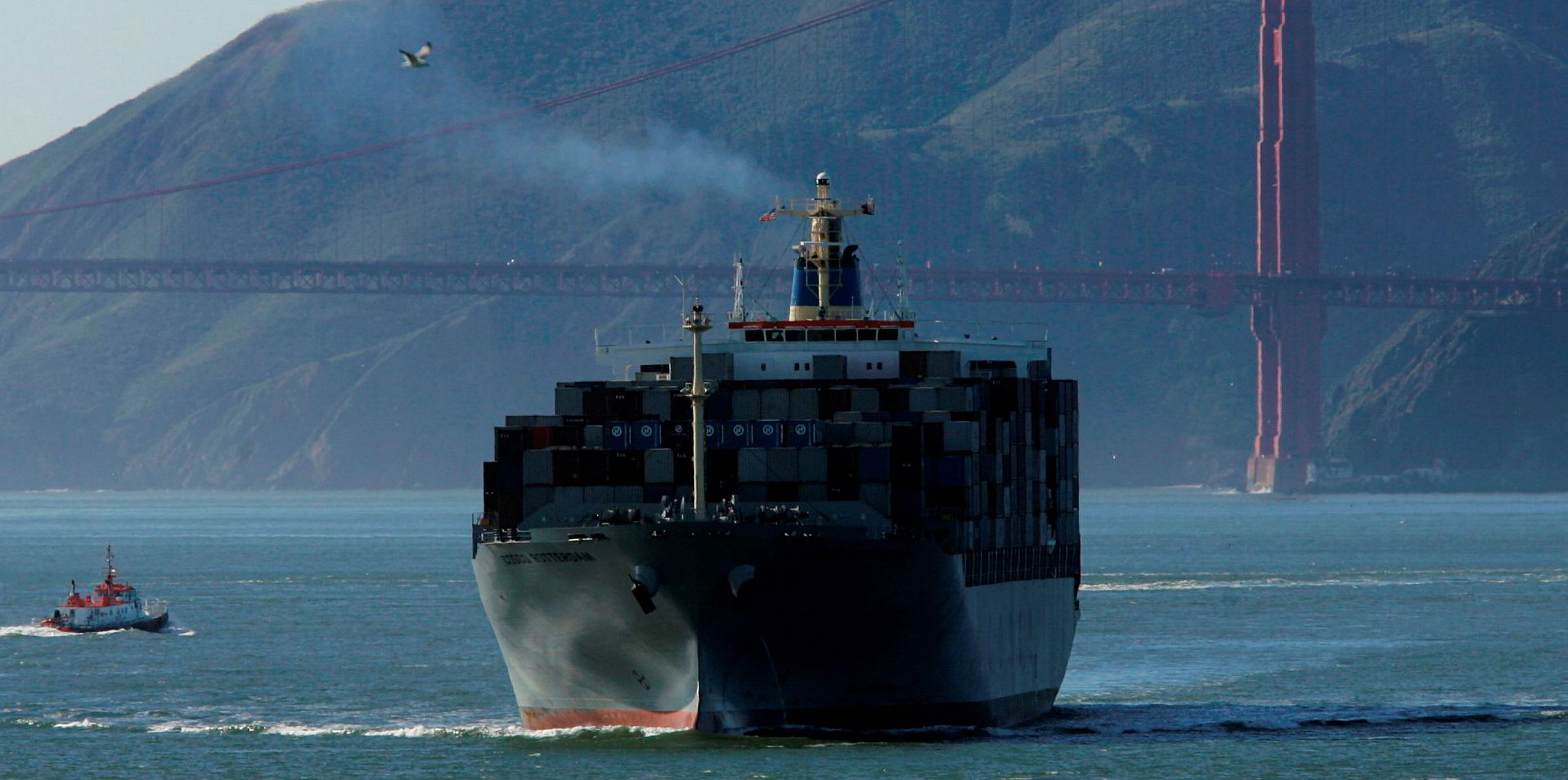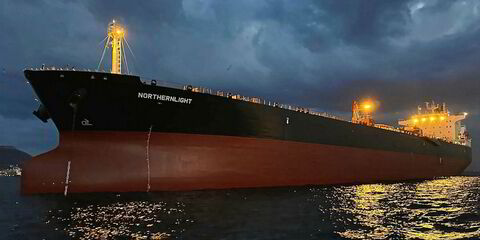The global sulphur cap is expected to be the most disruptive environmental rule change in shipping history.
But it could be the first in a wave of regulations that will shake up and reform the shipping market as it finally addresses airborne and seaborne pollution, according to Hartland Shipping Services.
The shipbroker argues in its markets outlook that the sulphur cap — to come into effect in January 2020 — is likely to lead to the creation of a three-tiered market.
Tier one will comprise vessels that are scrubber-fitted and have the lowest running cost.
The second tier will be non-scrubber eco-vessels with lower fuel consumption.
The third tier will be inefficient, non-scrubber vessels with higher fuel consumption. These will be the most challenged by the new regulations, which will reduce the permissible sulphur content in marine fuels from 3.5% to 0.5%.
That could result in more scrapping.
Hartland also argues that the introduction of scrubbers gives a life extension to high-sulphur marine fuel oil, “when really, it should be banned completely”.
But it is not necessarily a wasted exercise to add scrubbers to less-efficient vessels more than 10 years old, says Hartland.
“It all depends on the ship. If the fuel price delta [price spread] is large and the scrubber payback time is short, as expected, then there is more operational value in retrofitting a scrubber to a less-efficient vessel with higher consumption,” it argues.
Extending vessel life
“This could also extend the life of such a vessel, which would otherwise be found at the tail end of the fleet in terms of its charter appeals.”
One significant observation is that an expected increase in fuel price per tonne mile will lead to a further fall in average vessel speeds.
“We expect, as fuel prices go up, steaming speeds will come down or remain constant in sectors where slow steaming is already deployed,” the broker notes.
“This could be a very positive outcome for the shipping markets as it will reduce effective tonnage supply and increase effective vessel utilisation across all sectors.”
Hartland estimates that if the average speed in the dry bulk sector drops from 13 knots to 12 knots, vessel utilisation will increase by around 5%.
As things stand, average bulker speed has been increasing marginally from a multi-year low in 2016, it says.
That contrasts with other sectors as average containership speeds continue to fall and tanker speeds are down.
“It is generally recognised that if all ships slowed down by a factor of 10%, in response to higher cost of marine fuel, then they would gain more than 10% in freight,” writes Hartland managing director Chris Ohlson.
“It would be a neat solution to oversupply and emission problems.”
Hartland adds that the global trade in crude oil and refined products will face disruption from the sulphur cap, but it is hard to predict how this will manifest itself.




